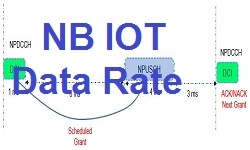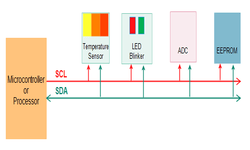Beacon Technology- iBeacons Vs Eddystone
Available Beacon : iBeacons Vs Eddystone
Apple’s iBeacons
iBeacon is a brand name created by Apple inc. , that was first presented at the World Wide Developer’s Conference (WWDC) 2014 as part of Apple’s iOS 7. It lets Apple phones that are using iOS7 (or newer versions) constantly scan the environment for beacons over Bluetooth. When the smartphone identifies a beacon it can open relevant apps even if the app is closed. This makes Apple’s iBeacons solutions distinctly different from most of the other operating systems, in which apps must be running at least in background for them to react to beacon signals.
Google’s Eddystone
On July 14, 2015, almost a year later than Apple, Google came out with its beacon project called Eddystone. It is Google’s response to Apple’s iBeacon, using a more open and flexible approach. Eddystone is Google’s open-source, cross-platform BLE beacon format. While Apple’s iBeacon standard only works with iOS devices, Eddystone works with both Android and iOS devices using a library.
Eddystone biggest feature is that it could change the way beacons interacts, support of multiple frame-types. While iBeacons are only able to send UUIDs, Eddystone is going one step further. Besides the ability to send its UUID, Eddystone devices can also transmit URLs, meaning that it may not be necessary anymore for customers to install specific apps, these URL can be access over any browsers.
Google has defined a new cross-platform beacon standard which will allow integration into almost, if not all smartphone platforms. Almost certainly, Eddystone will cause new IoT use cases to emerge.
Who is leader in Market iBeacons Vs Eddystone ?



